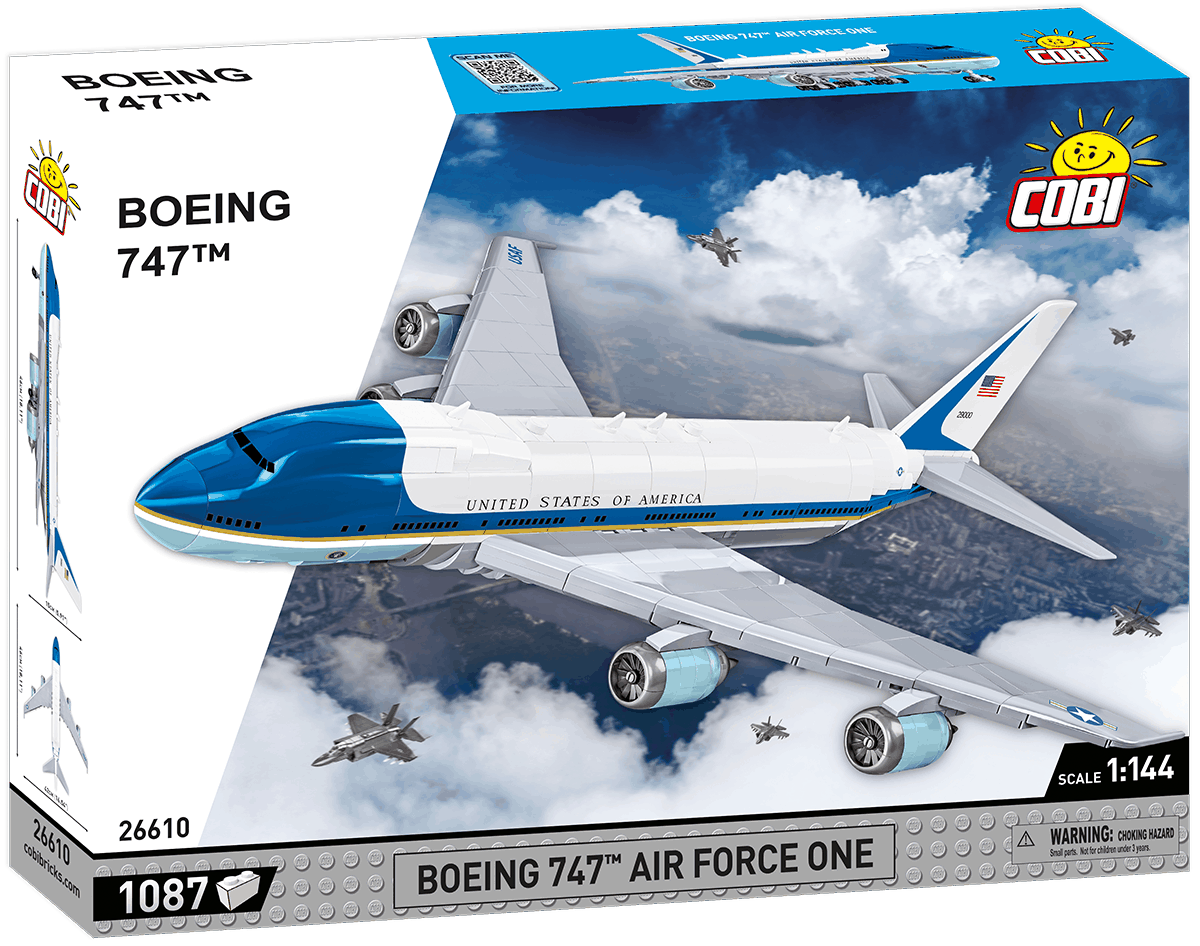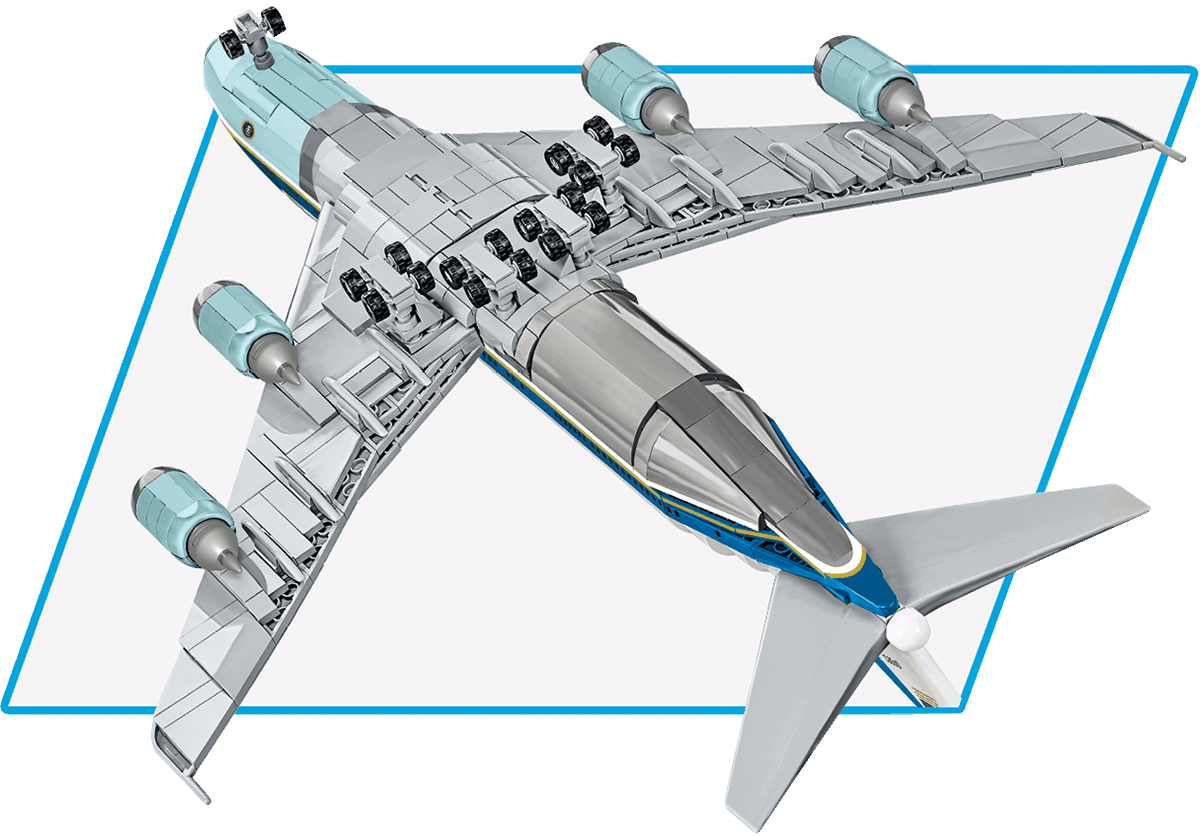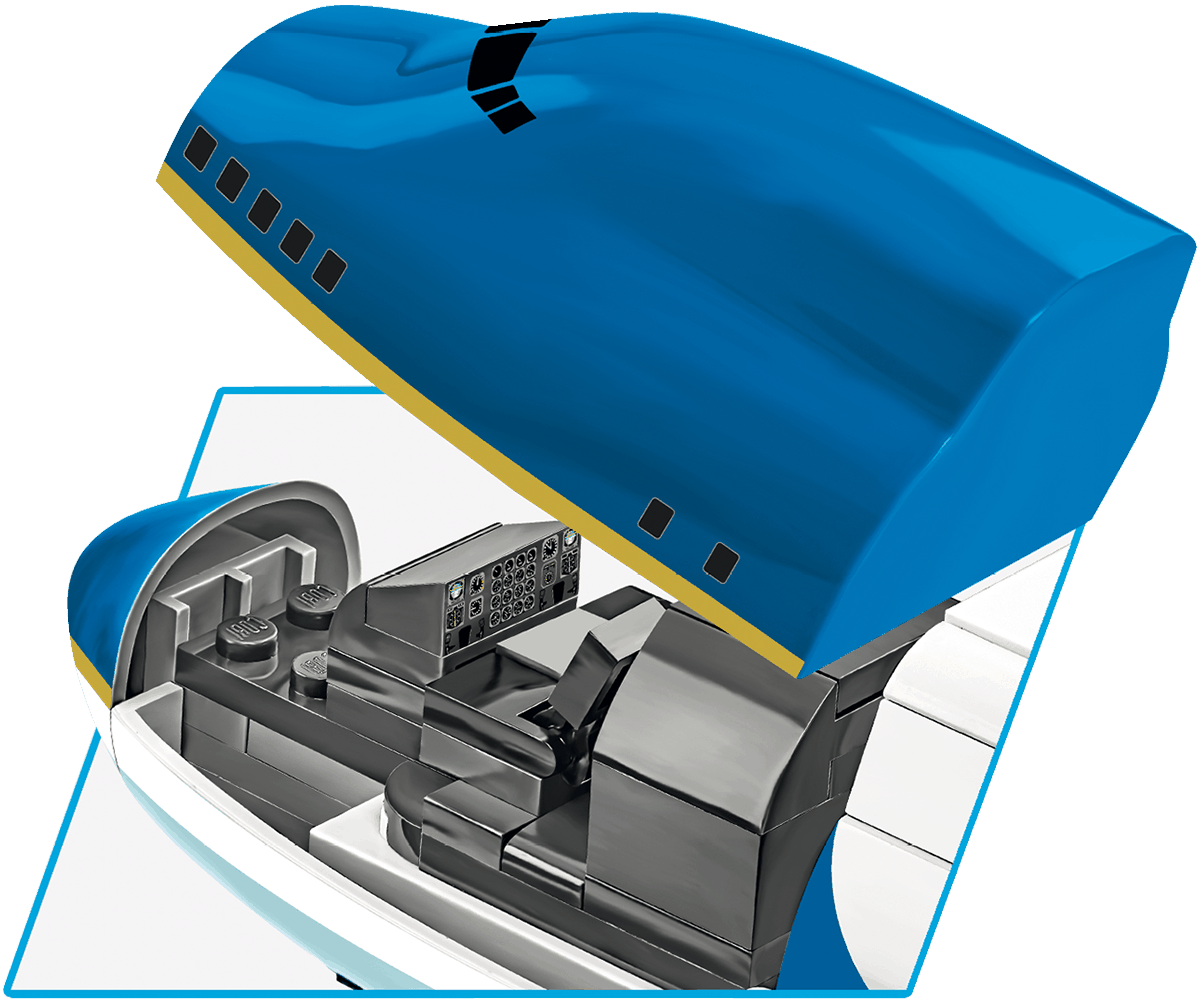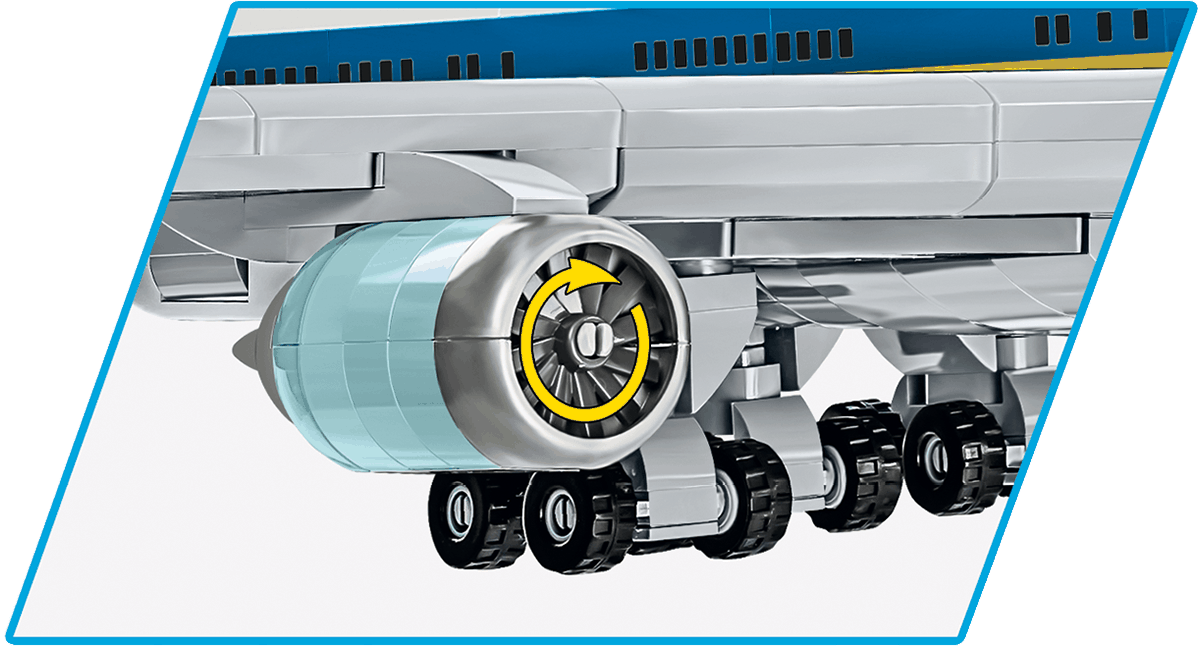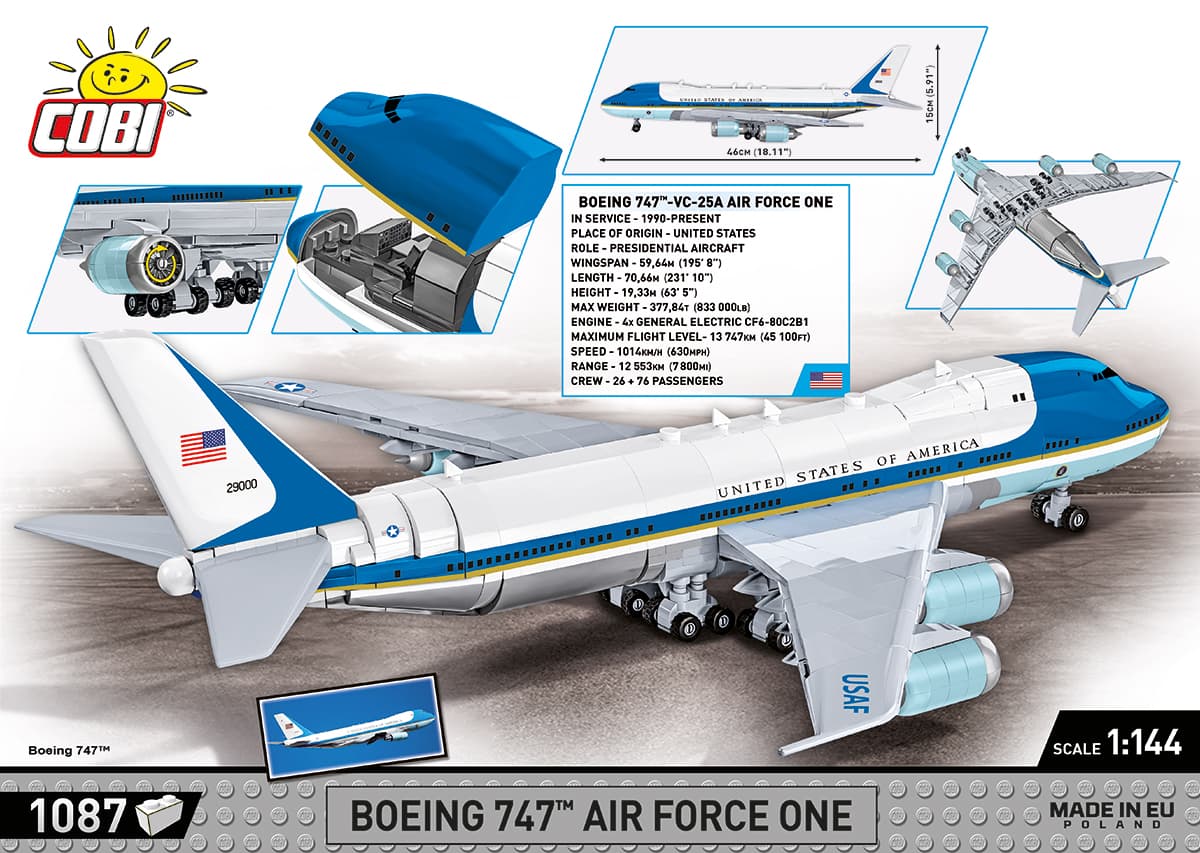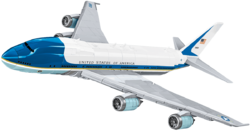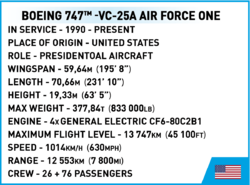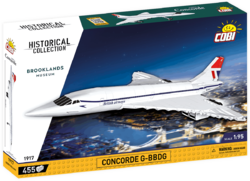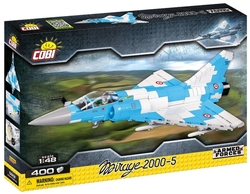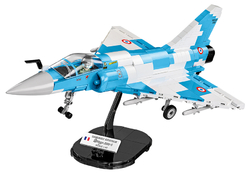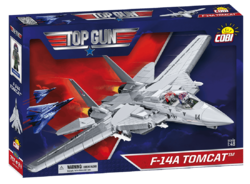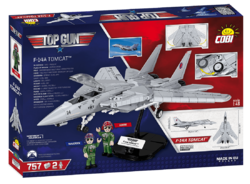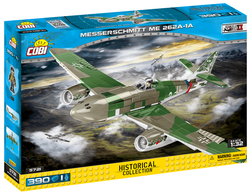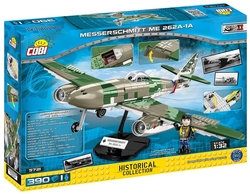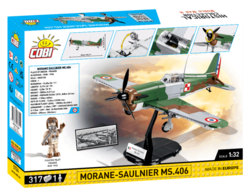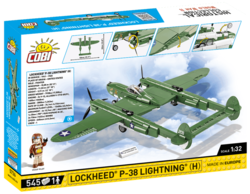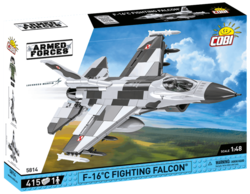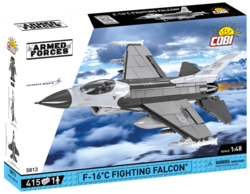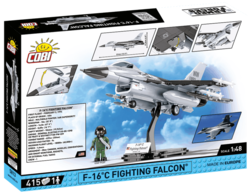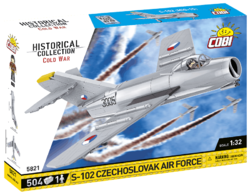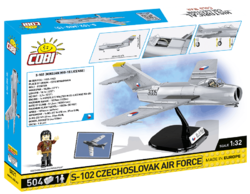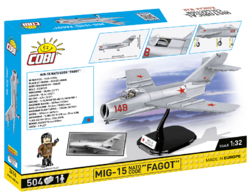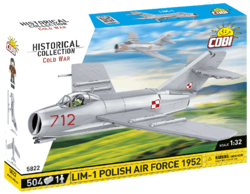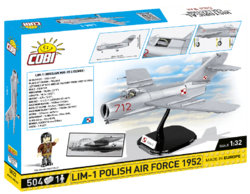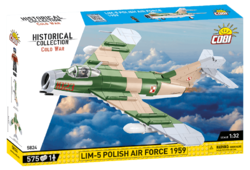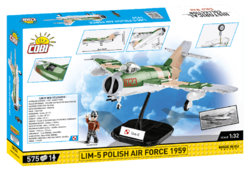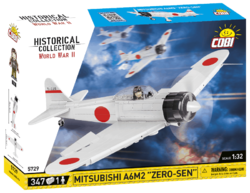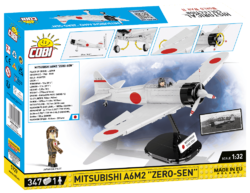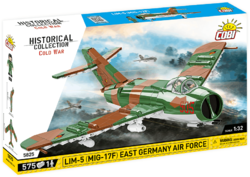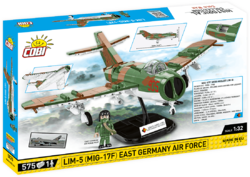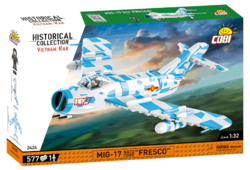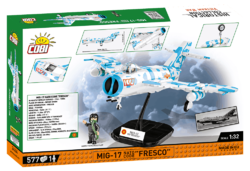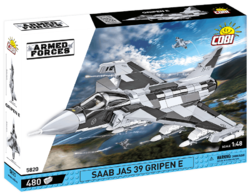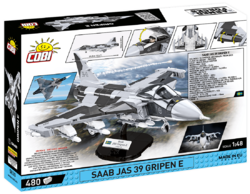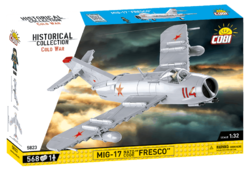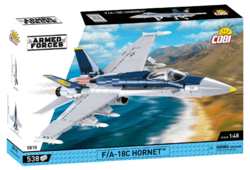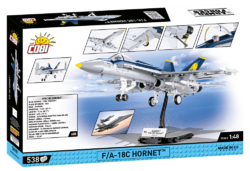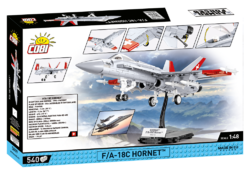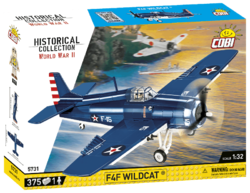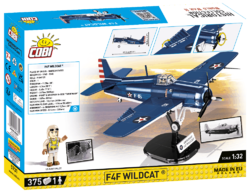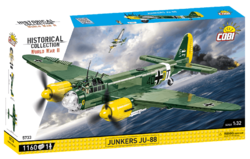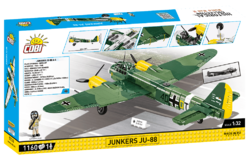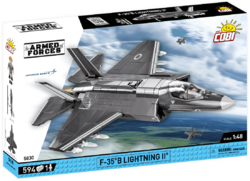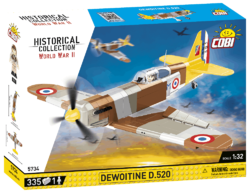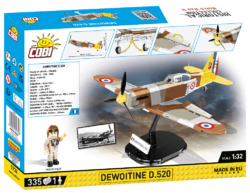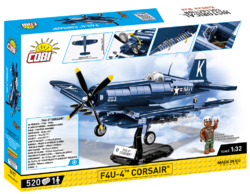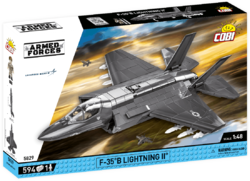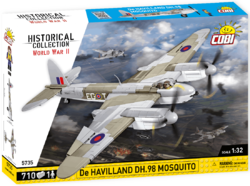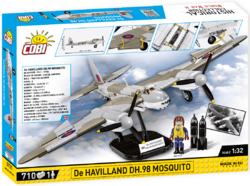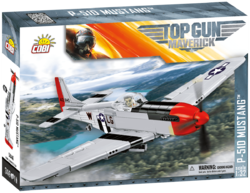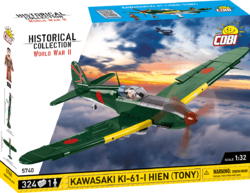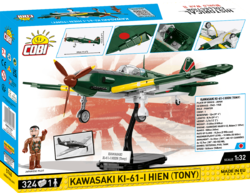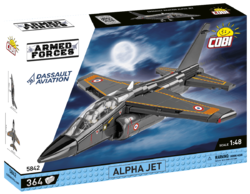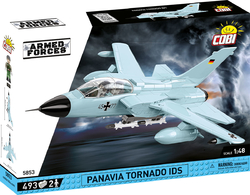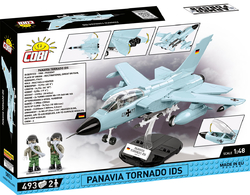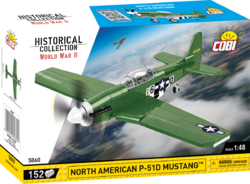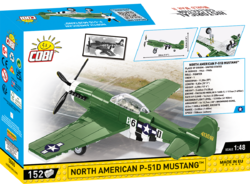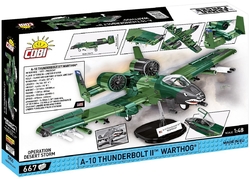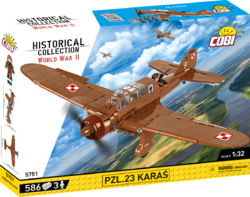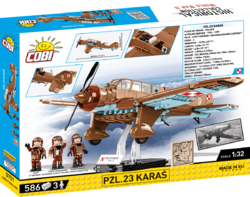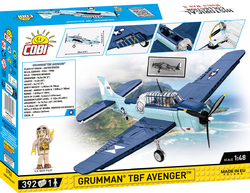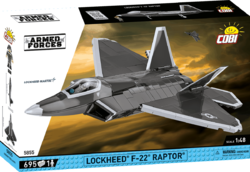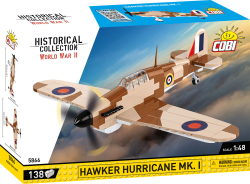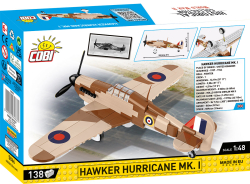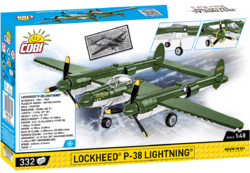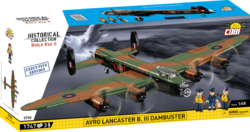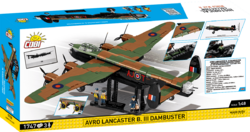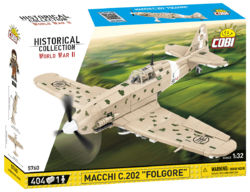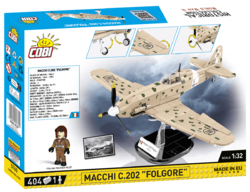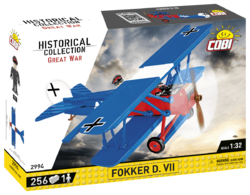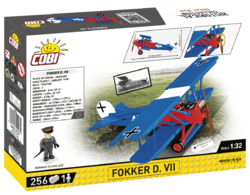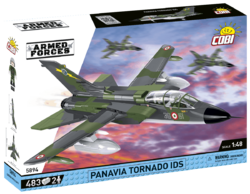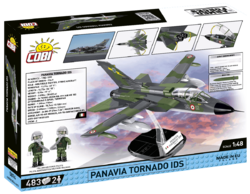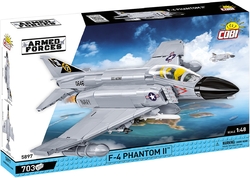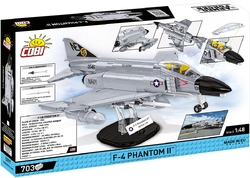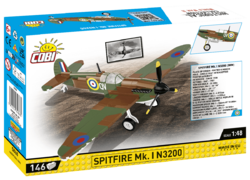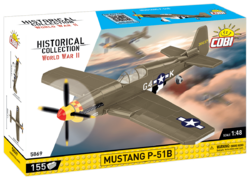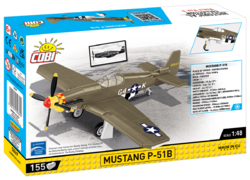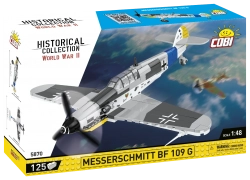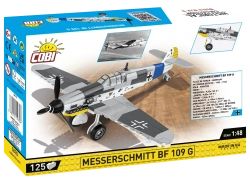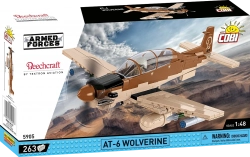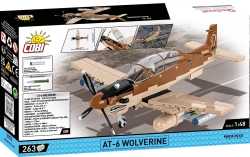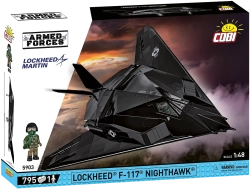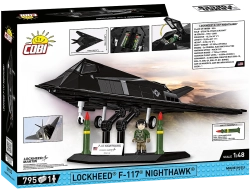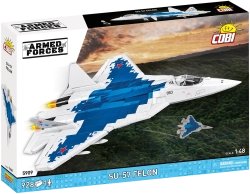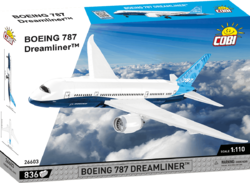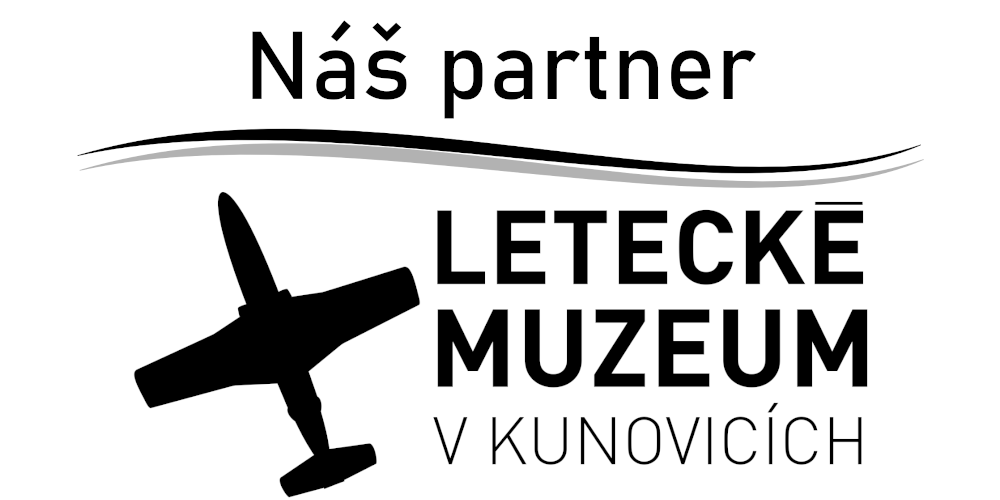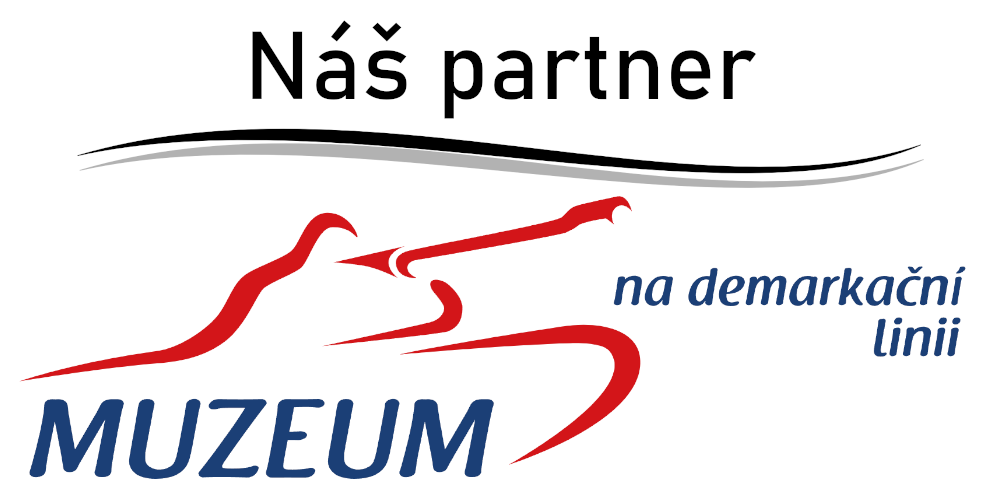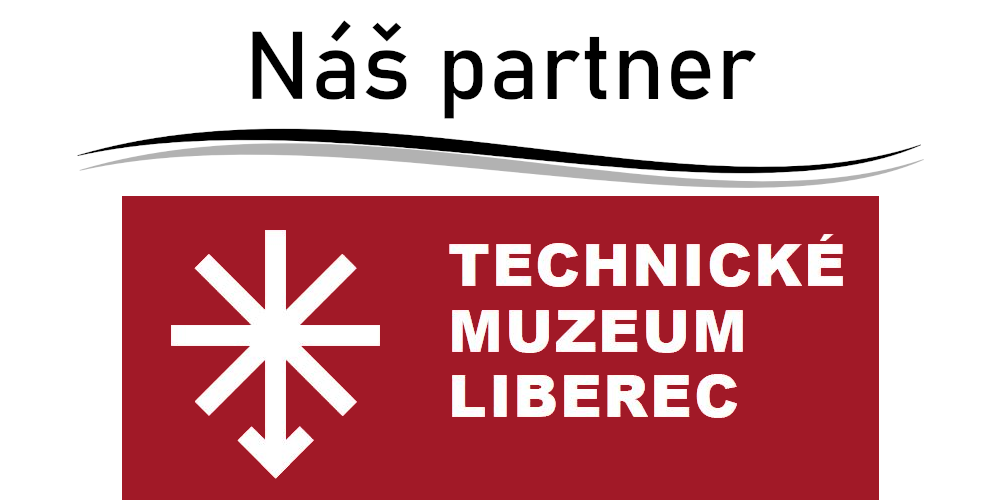Kit of the model of the famous American airliner Boeing 747-200B Air Force One. The assembled model features fixed undercarriage legs that can be easily removed as well, rotating engine turbine blades and a removable cockpit top that allows a view of the cockpit interior. The kit is produced under the official license of The Boeing Company.
Show more
80 %
(1 Ranking)
1 499 Kč
pcs
Add to Cart
In stock - ready to ship (3 pcs)
| List Number: | COBI-26610 |
| EAN: | 5902251266103 |
| Warranty: | 24 months |
| Manufacturer: | COBI |
| Loyalty Points: | 10 |
| Price excluding VAT: | 1 238,79 Kč |
Description
Parametres
Files and Links
Discussion
Reviews1
You know that:
- Boeing was founded in 1916 by Wilhelm Böing, an American aviation pioneer with German roots, who later changed his name to William Edward Boeing.
- W. Boeing was first involved in the lumber business as owner of the Greenwood Timber Company when, during his business travels in 1909, he saw a flying machine in Seattle for the first time in his life.
- The young businessman immediately developed a passion for flying and spent the following weeks learning to fly. Shortly thereafter, W. Boeing damaged a plane he had been entrusted with, and when he learned how much it would cost and how long it would take to repair, he declared, "I'm going to build my own plane. Better, faster and cheaper." Thus began the story of the Boeing success story.
- The 747 was the world's first wide-body aircraft. Its silhouette, with its raised deck in front, made it an aviation legend.
- Just as Concorde changed the world of flying, the Boeing 747 changed the public's view of modern travel. The large number of passenger seats, the long range without stopovers and the economical operation for the time of its creation made flying accessible to the general public.
- Boeing originally planned to produce about 400 of the aircraft before it became obsolete. But sales successes have changed all plans.
- The 747 remained in production until 2022 and a total of 1,574 aircraft were produced in various versions.
- To produce such a large machine, Boeing had to build a new assembly hall of gigantic proportions. There are even several restaurants and cafés inside. The final assembly hall is where the weather is created. Condensed vapour rises to the ceiling of the hall and when it exceeds a certain limit, the haze descends to the ground in the form of water droplets.
- Unfortunately, accidents did not escape the legendary machine. In more than 54 years of operation, 60 aircraft have been destroyed in accidents from various causes and many people have died. Despite all this, flying is one of the safest modes of transport and the Boeing 747 will always remain an important milestone in aviation history.
Technical parameters:
- dimensions: wingspan 59.6 m, length 70.6 m, height 19.3 m
- empty weight 162 390 kg
- maximum take-off weight 377 840 kg
- power unit 4 x General Electric CF6-80C2B1 jet engine with 282 kN thrust
- cruising speed 1014 km/h
- maximum flight level 13 747 m
- range 12 553 km
- number of passengers 76
- fuel tank capacity 183 380 l
- fuel consumption 4 l/s
- crew 26
- required runway length 3 190 m
Air Force One:
- We have associated the Air Force One designation with the Boeing 747, however, this designation does not belong to a specific aircraft, but to any aircraft that has an American president on board.
- The Boeing AFO entered service in 1990 and has been continually upgraded.
- The exact designation of the presidential special is Boeing 474-200B VC-25. Two units were produced with serial numbers 28000 and 29000.
- The famous 747 is a real flying fortress. The skin of the aircraft is armoured and the machine is equipped with advanced protection against missiles and drones. Many elements of the passive and active defences are not known in detail as they are subject to the highest level of secrecy.
- The interior is divided into 6 floors with a total floor area of 400 m². On the top floor there is a communication centre with a command centre.The rooms used by the president are on the middle floors, where there is a personal suite with an office, a bedroom and a bathroom. All private areas have carpet with stars on the floors. Only the president has exclusive access to all areas of the plane where this carpet is. Further towards the center of the fuselage is the secret service room and the situation room. At the rear is a lounge for 70 passengers, a dining room and two galleys.
- During each flight, there is a medical team on board capable of performing operations in a special room, which is also equipped with a variety of antidotes in case of poisoning or snakebite.
- Each flight, regardless of distance or time spent in the air, is considered an individual mission. Each mission is planned in advance down to the smallest detail.
- When flying, the U.S. military requires the creation of a "safety bubble" 5.5 kilometers in diameter, in which no other flying objects may be present.
- The basic AFO crew consists of two pilots, a navigator and a flight engineer, plus support staff. All crew members must undergo rigorous flight and ground training to prepare them for every conceivable situation, including wilderness survival.
- Operating an aircraft is certainly not a cheap affair. The cost of each flight hour is approximately 190 000 €.
Chuck Norris on a flight in a Boeing 747:
"In 2008, I flew with President G.W. Bush on Air Force One. We ran into turbulence on the way to the lavatory. The metal handrail I grabbed onto at the last moment bent in the middle and slipped from its grips. I didn't know what to do. With the metal bar in my hand, I returned to the other passengers with an apologetic look on my face."
Assembly instructions
| Number of figurines | 0 pcs |
|---|---|
| Version (series) | 03/2024 |
| Number of pieces | 1087 pcs |
| Package weight | 1250 g |
| Scale | 1:144 |
| Dimensions after assembly | 42 x 46 x 15 cm |
| Box dimensions | 45 x 32 x 7 cm |
| Recommended age | 9+ |
| Collection | Boeing |
| Contains luminous blocks | No |
| Material | Plast |
| Compatible with other brand of kits | Yes |
Discussion is empty.
80 %
5
0x
4
1x
3
0x
2
0x
1
0x









